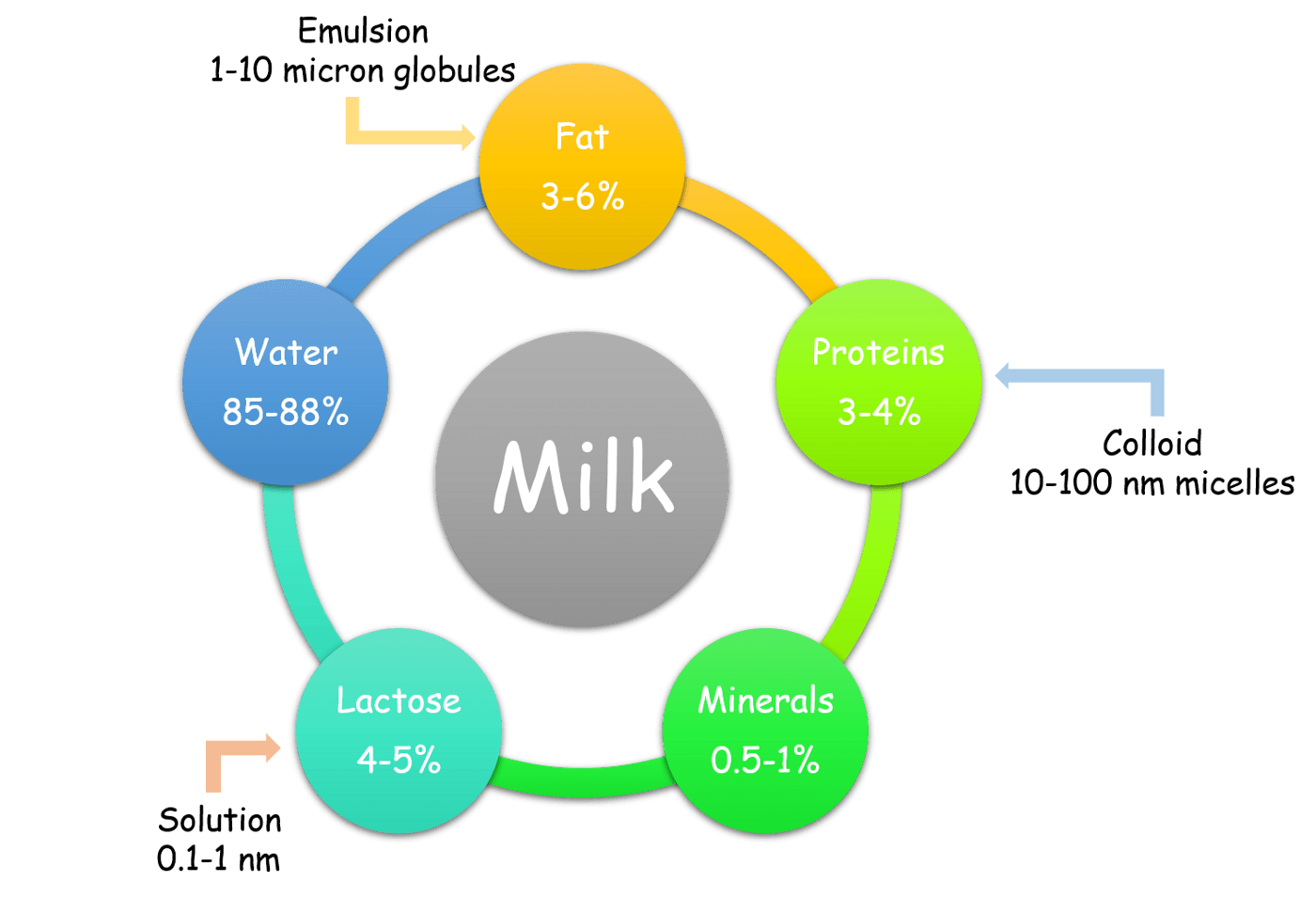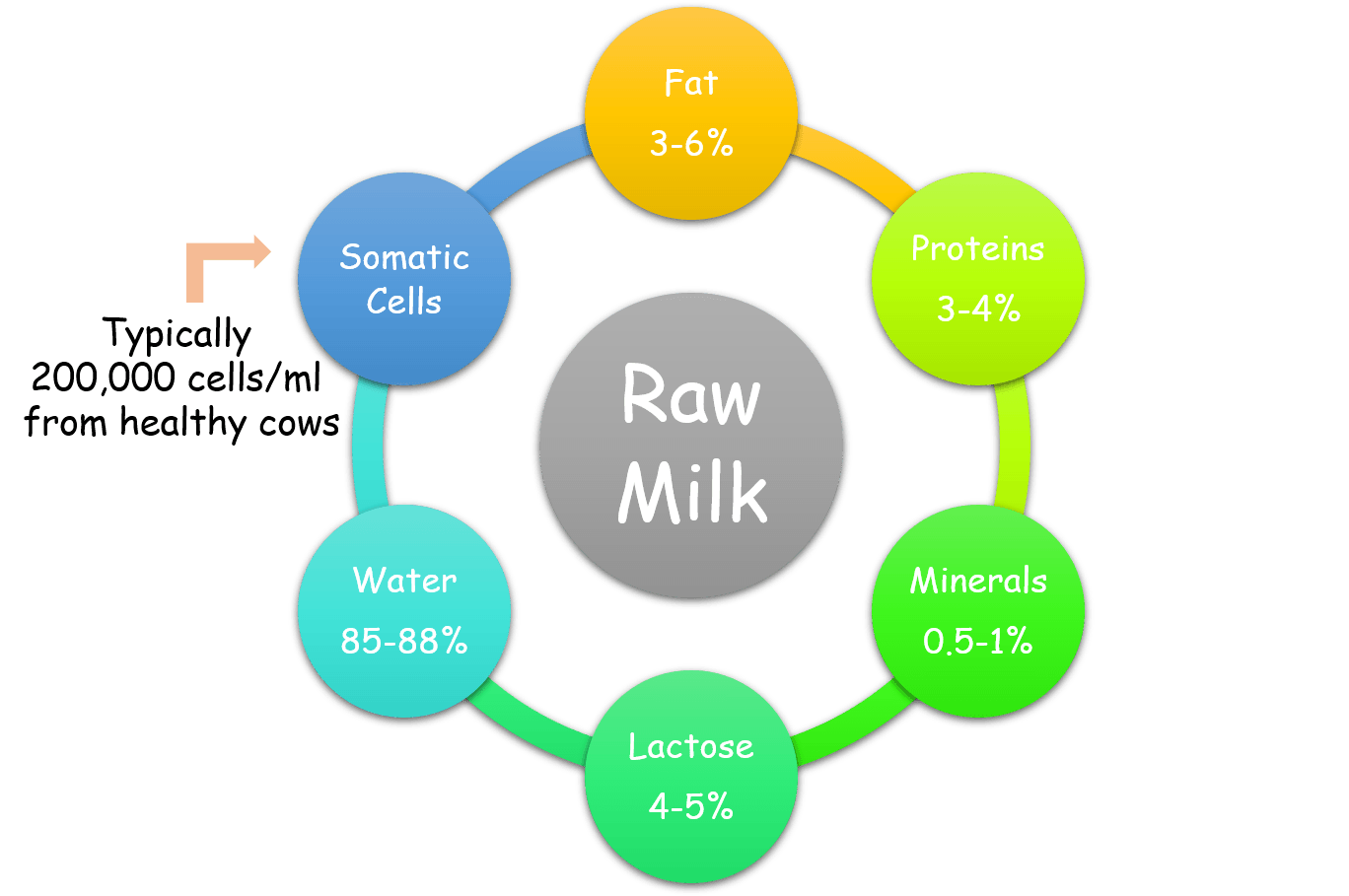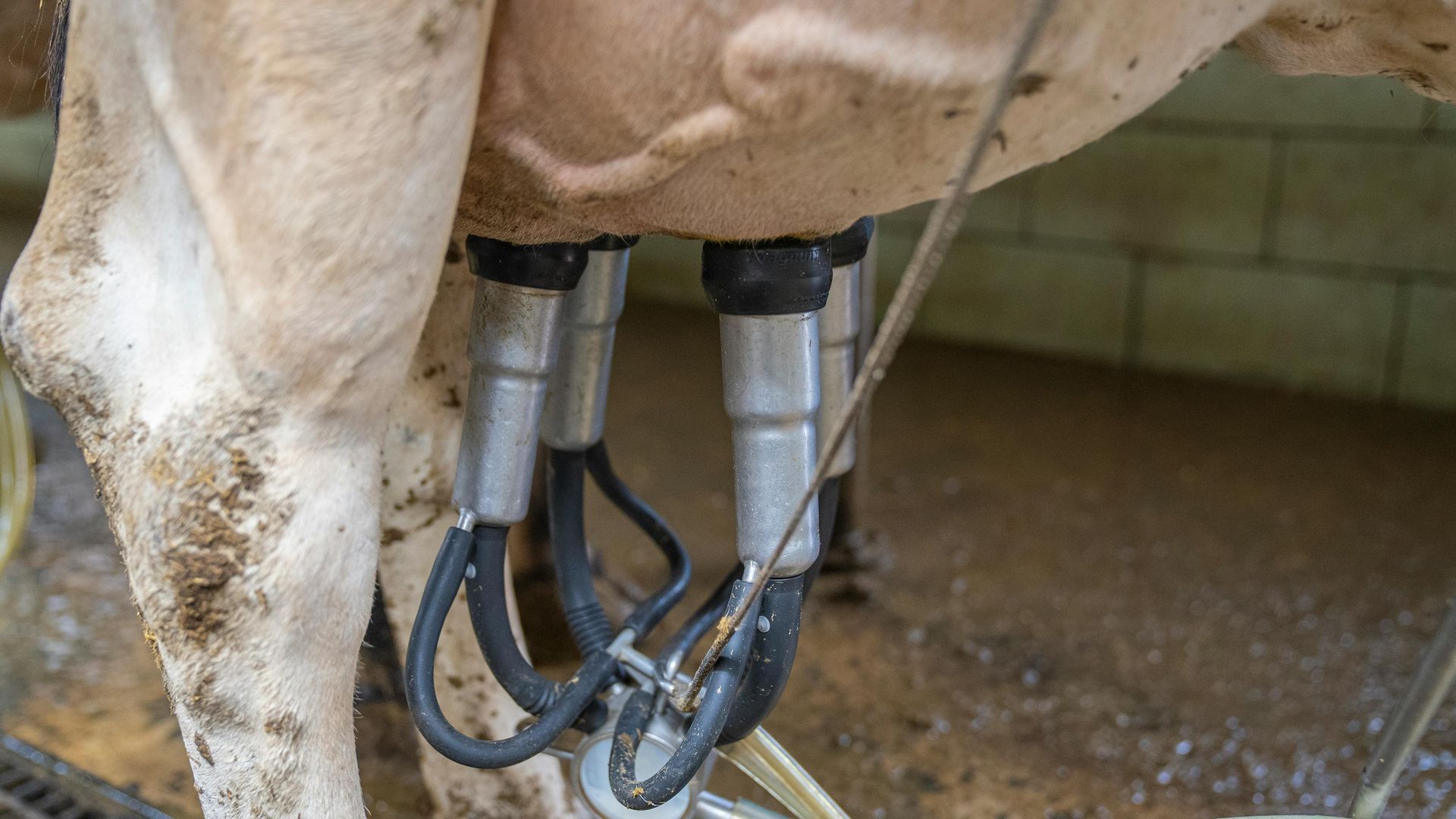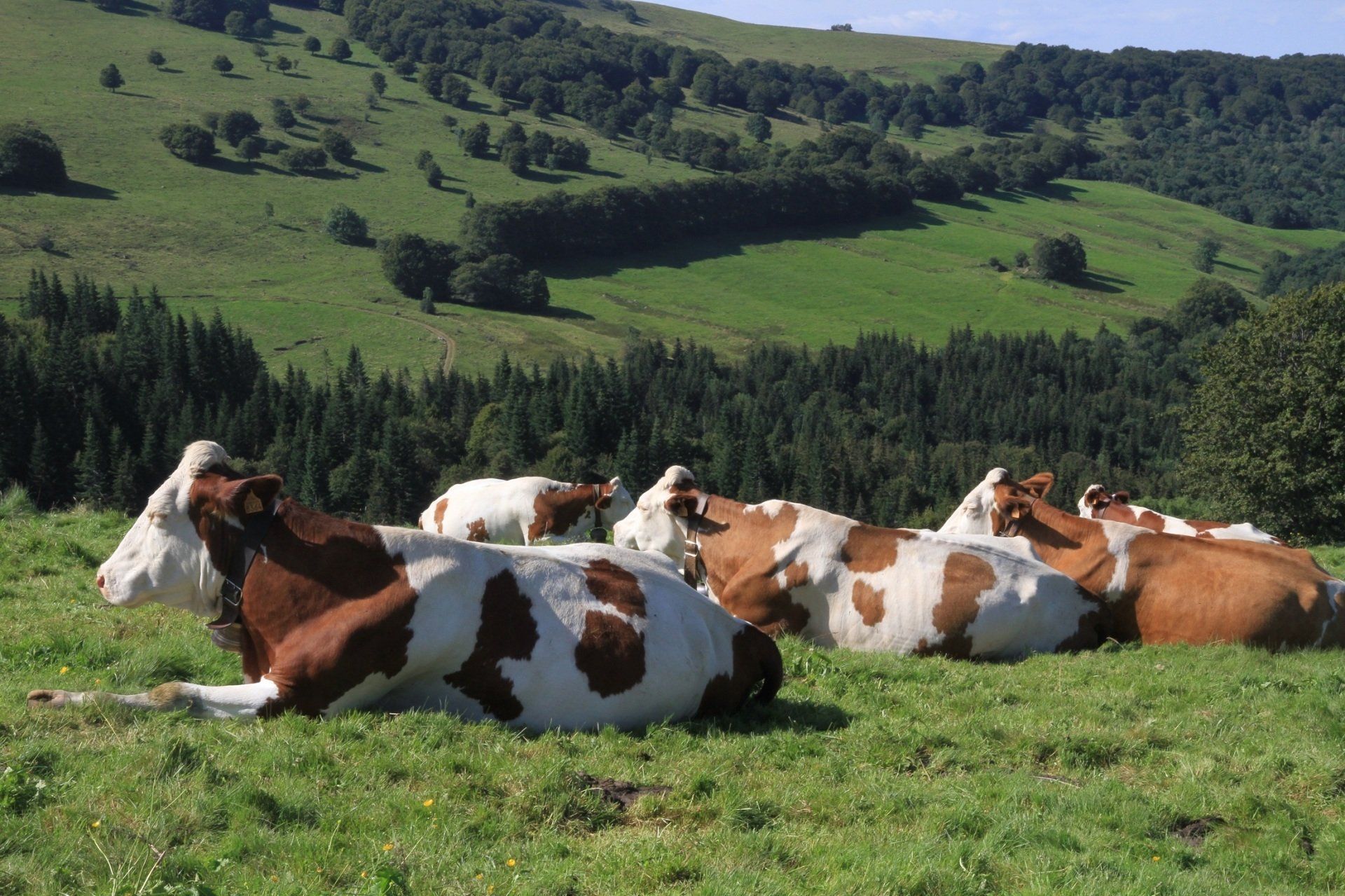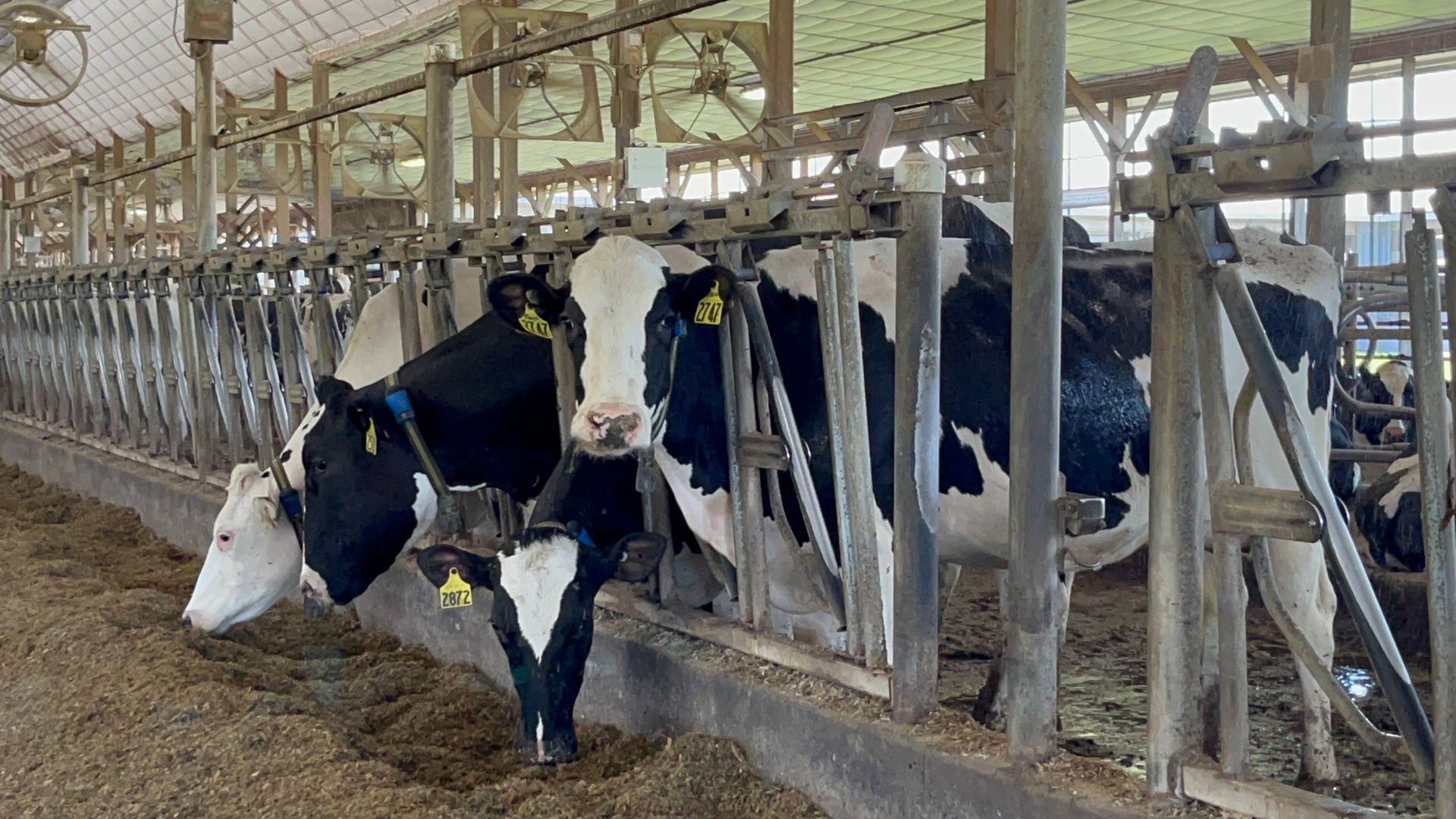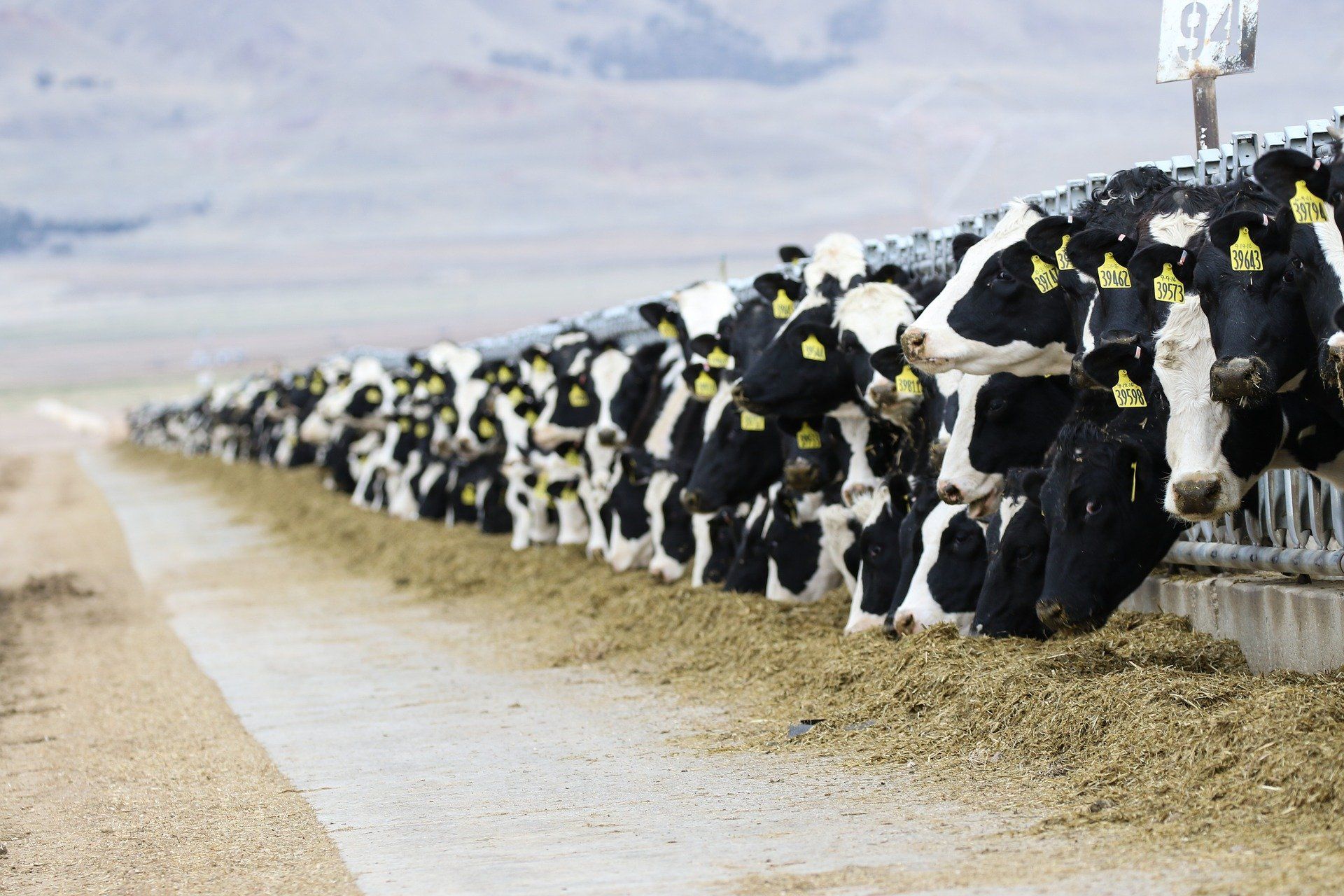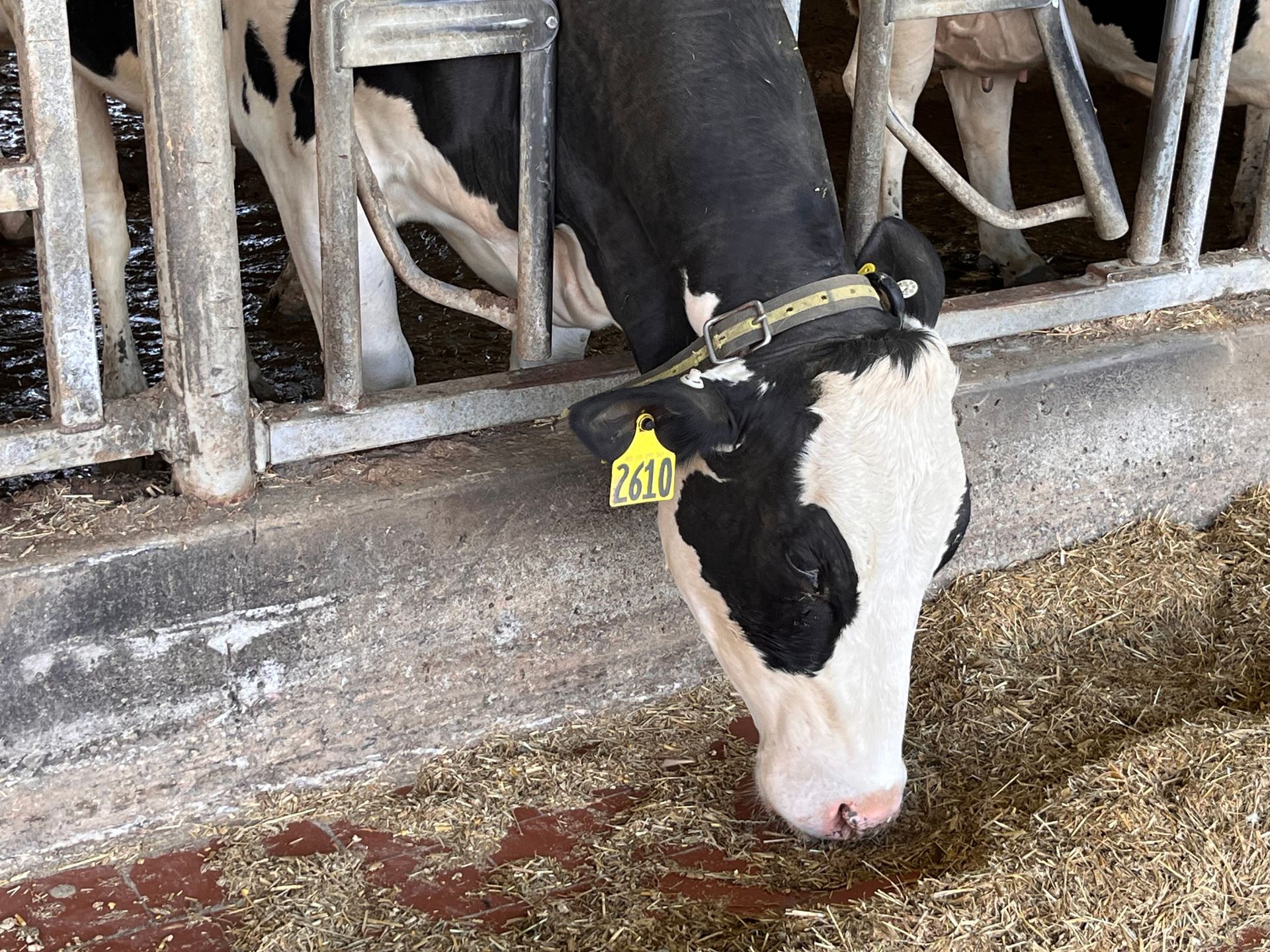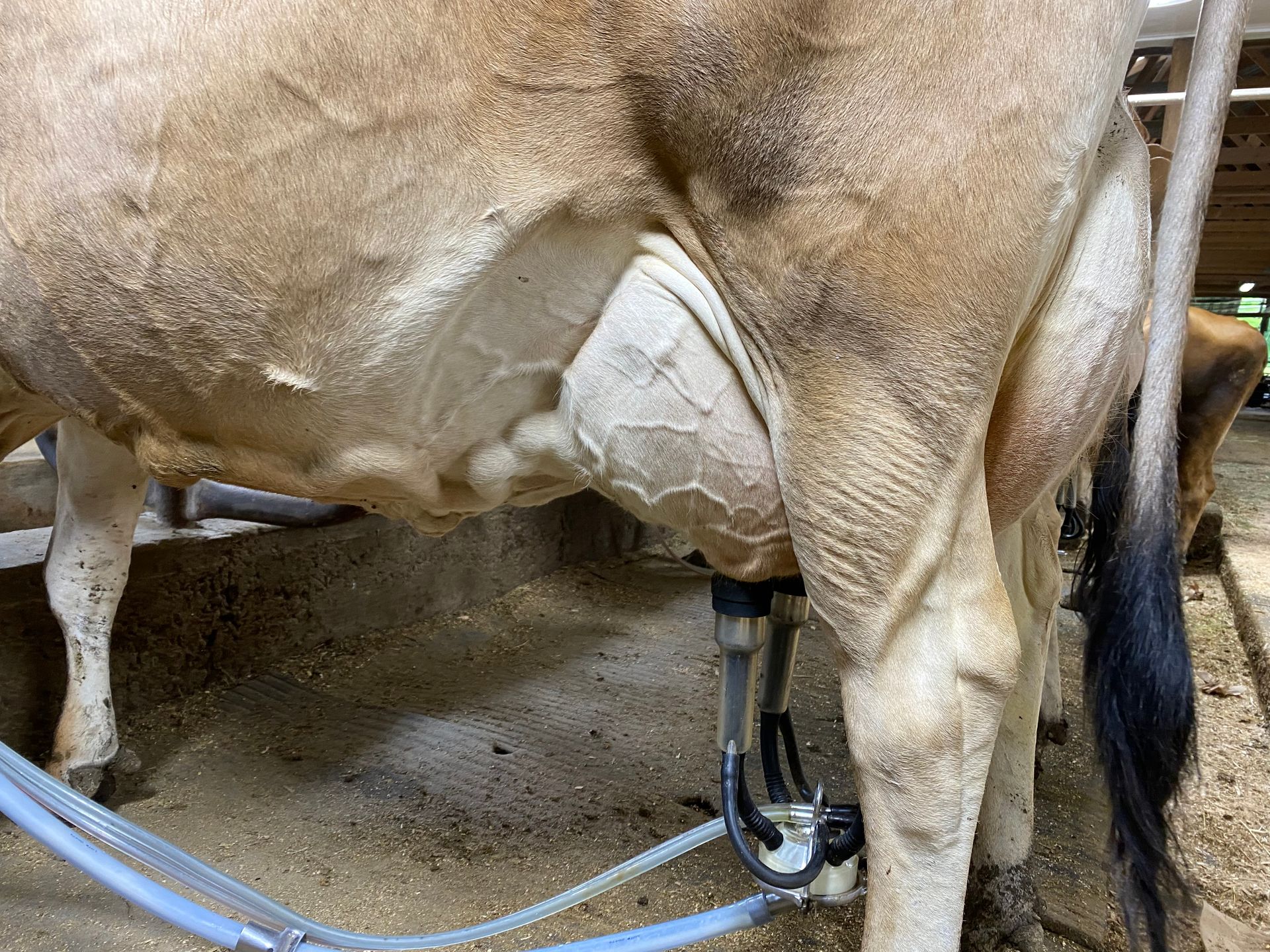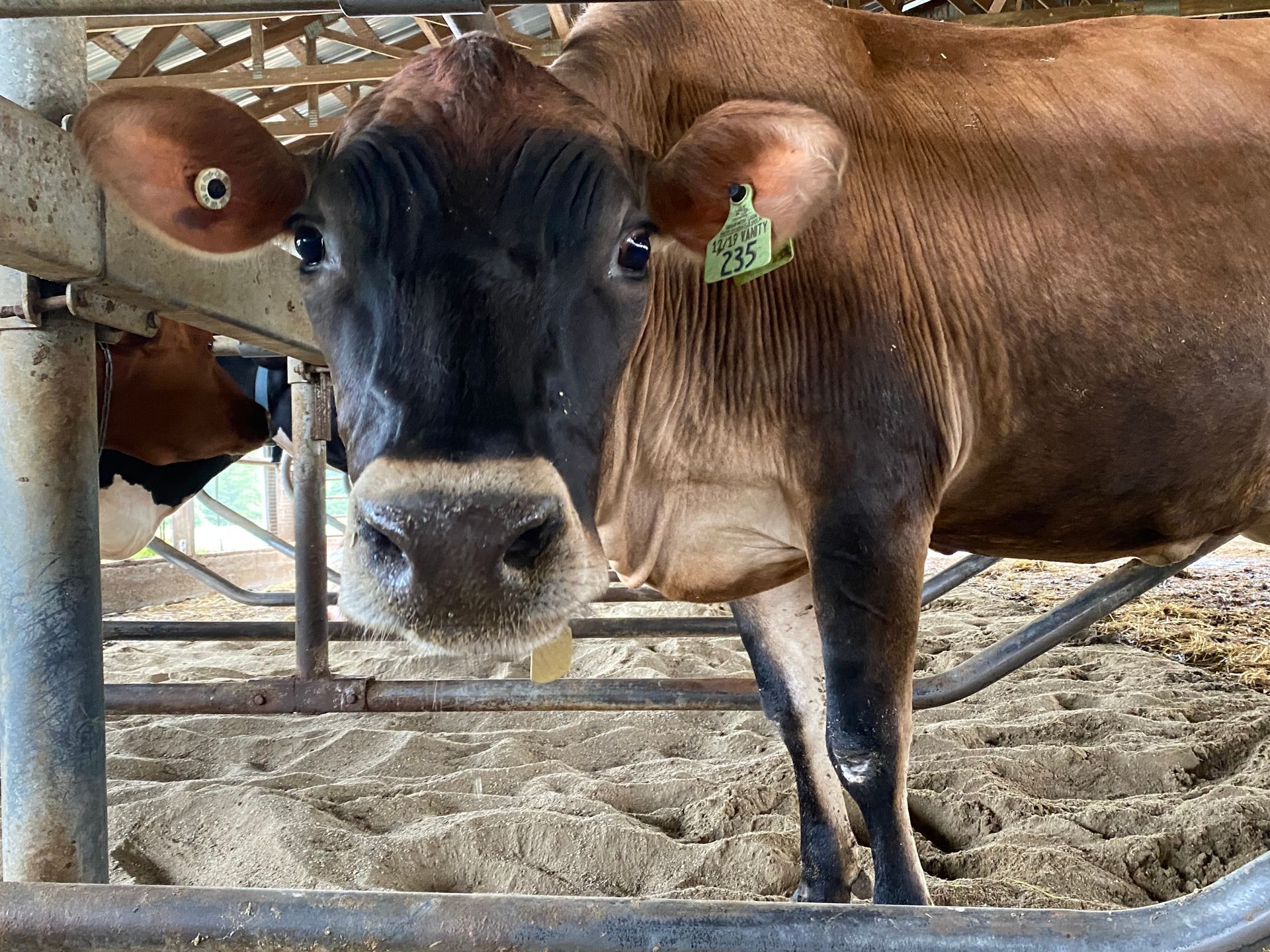Composition of raw milk
Quality of milk
Milk quality plays an important role not only for consumers but for farmers, as it determines how much they get paid. Generally, the amount of fat, protein and somatic cell counts (SCC, expressed in cells/ml), and total volume go into payment evaluation. Beyond quality, safety is also determined based on bacterial counts and antibiotic residues. Farmers typically have to maintain best practices in terms of cleanliness and feed, to maximize revenues from the milk they are selling.
Milk quality as an indicator of animal health
One way to maximize the efficiency of farm operations is to look at the quality of milk being produced at an individual cow level and also at the herd level. SCC is a powerful indicator of infections such as mastitis that affect the udder. Since somatic cells are predominantly white blood cells that fight infections, a high SCC can indicate infections. In many cases, the infection could be at a sub-clinical stage without symptoms. SCC in these scenarios provides vital feedback to farmers regarding the health of the cows. SCC under 200,000 cells/ml is generally acceptable, but a value of above 400,000 cells/ml could be an indicator of mastitis. Higher numbers are bad and in most cases do indicate infections. So farmers try to keep this as low as possible. Fat-protein ratio is also a useful indicator of ketosis, a metabolic disorder. Hence, determining the quality of milk on an individual level is of vital importance to identify cows that need intervention or treatment.
Today, there are technologies emerging that can assess the milk quality from individual cows on the farm, observe trends, and use data-centric approaches to predict failures. As farms grow in size with larger herds, there is a need for more technology, be it smart collars or activity monitors, farm-level milk analyzers, among others, that can help farmers run operations smoothly with limited labor and maximize productivity.


